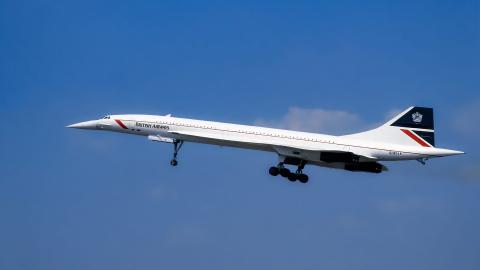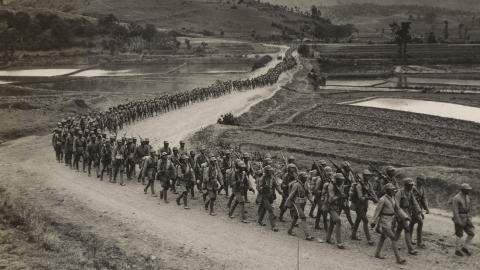The Underwater Kamikaze of World War Two
When you think about suicide warriors during World War Two, it's the fierce Kamikaze pilots of Japan who will probably come to mind. Aiming their bomb-filled planes at Allied targets, the Kamikaze became so notorious that the word itself has become a by-word for any kind of self-destructive assault. But they were far from the only suicide soldiers deployed by Japan during the closing chapters of conflict.
Kaiten
There was an underwater equivalent, which was arguably even more gruelling for anyone who signed up. Deployed by the Imperial Japanese Navy, the Kaiten were basically torpedoes which contained human beings. These intrepid pilots, spurred on by their religious devotion to the empire, would use steering controls to aim themselves at their targets, giving their lives in a bid to fend off the encroaching Allies.
There were plenty of men willing to enlist in this deadly programme. The chosen pilots were aged from their teens to their late 20s, and even the training was frequently lethal. Sealed into the vast, ominous torpedoes, the men would go on practice runs using an on-board periscope to navigate, but 15 pilots perished when their training vessels smacked into targets by accident. Even though they were carrying dummy warheads, the impact was enough to shatter anyone sitting within the torpedo.
They were launched into combat from submarines that had been specially adapted to carry this bizarre and fatal cargo. There was a tube which connected the sub to the torpedo – just big enough for the pilot to squeeze through and enter the body of the torpedo. The Kaiten would then fire off in the direction of the target, surface briefly so the pilot could verify his position through a periscope, and then surge on for the final assault. If he missed the target more than once, there was a last resort: self-detonation. Whether the mission was a failure or a success, the pilot would not come back alive.
The first deployments took place in November 1944. One of these Kaiten contained one of the two men who pioneered the creation of these new weapons, and he carried the ashes of his co-inventor, who'd been killed during early testing exercises. This first Kaiten onslaught claimed the USS Mississinewa, which was anchored when the human-torpedo struck. Engulfed in flames, the ship sank with the loss of 63 American sailors, and was a success for the Kaiten fleet – although the Japanese thought they'd actually claimed more targets than they really did.
In fact, the Japanese overestimated the effectiveness of the Kaiten. The only other major victory for the suicide pilots was the destruction of the USS Underhill in 1945. The Underhill was ambushed and hit by two Kaiten torpedoes, and was utterly torn apart with the loss of half her crew. Not long after, the Kaiten were almost deployed to destroy the USS Indianapolis, but the submarine captain opted to deploy regular torpedoes instead – the fate of the survivors, who were preyed upon by sharks, would later be immortalised in a famous scene in Jaws.
Ultimately, though, the Kaiten programme would prove far more costly for the Japanese than for the Allies. The torpedoes were credited with killing 187 Allied servicemen, but many hundreds more Japanese would die during the deployments – either inside the Kaiten weapons themselves, or on board the submarines which were sunk while carrying the torpedoes on their missions. Objectively, the whole programme simply wasn't worth the effort, the brainpower and the blood put into it, but the dire predicament of the Japanese in 1944 and 1945 meant they were driven to these desperate innovations in warfare.
Sitting in his canvas chair within the belly of a metal beast, a horde of high explosives packed a metre or so from his head, seawater trickling in through cracks and the absolute certainty of imminent death, the Kaiten pilot would have seen himself as an emblem of selfless loyalty and patriotism, even if the surviving hulks of unexploded Kaitens chill museum visitors today.
















